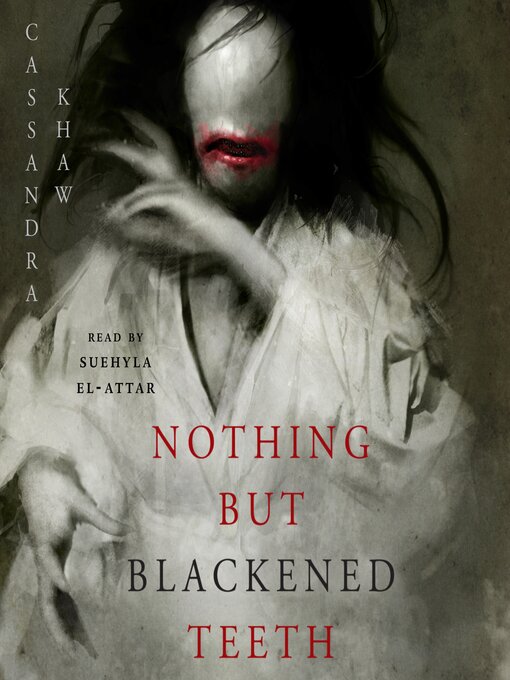


References to ohaguro exist in The Tale of Genji and Tsutsumi Chūnagon Monogatari. Traces of blackened teeth can be seen in the buried bones and haniwa of the Kofun period (300–538 CE). Among civilians, such words as kanetsuke ( 鉄漿付け), tsukegane ( つけがね) and hagurome ( 歯黒め) were used. At the old Imperial palace in Kyoto, it was called fushimizu ( 五倍子水). There is an alternate term for ohaguro, kane ( 鉄漿, lit. The word ohaguro was an aristocratic term. Objects that were pitch black, such as glaze-like lacquer, were seen as beautiful. Ohaguro existed in one form or another for hundreds of years, and was seen amongst the population as beautiful until the end of the Meiji period (1868–1911). In Japan, teeth blackening is known as ohaguro ( お歯黒). However, betel chewing damages the teeth and gums, while teeth blackening does not. Teeth blackening is commonly confused with the red-stained teeth from betel chewing.

Sometimes artificial teeth are used to achieve blackened teeth. It is mainly prevalent in older women, though the practice is still carried on by some younger women. The practice survives in some isolated ethnic groups in Southeast Asia and Oceania but has mostly disappeared after the introduction of Western beauty standards during the colonial era, and continues among many minority groups in China, Pacific Islands and Southeast Asia. Teeth blackening and filing were regarded with fascination and disapproval by early European explorers and colonists. Teeth blackening is often done in conjunction with traditions of tooth sharpening and dental evulsion, as well as other body modification customs like tattoos. A common belief is that blackened teeth differentiated humans from animals. It was seen as a sign of maturity, beauty, and civilization.

It was primarily done to preserve the teeth into old age, as it prevents tooth decay similar to the mechanism of modern dental sealants. Teeth blackening is usually done during puberty. It was also performed among some groups in the Americas, most notably among the Shuar people of northern Peru and Ecuador. It was also practiced in Japan prior to the Meiji era, as well as in India. It was most predominantly practiced in Southeast Asian and Oceanic cultures, particularly among Austronesian, Austroasiatic, and Kra–Dai-speaking peoples. Teeth blackening or teeth lacquering is a custom of dyeing one's teeth black. An Akha woman from Myanmar with blackened teeth


 0 kommentar(er)
0 kommentar(er)
